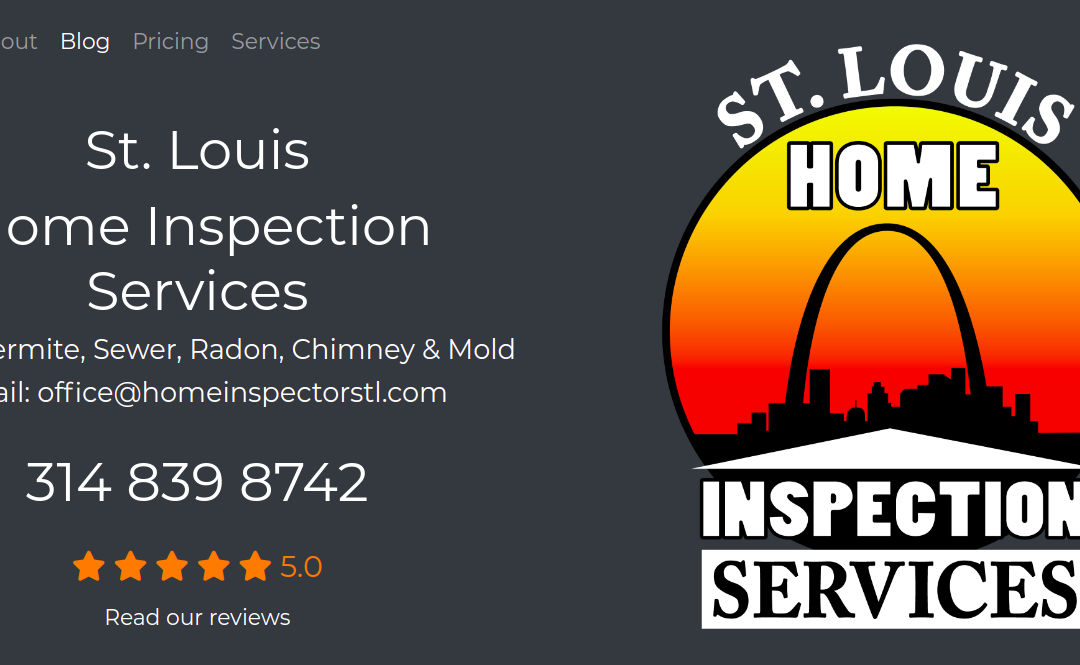Welcome back! This week, we’ll continue our coverage of inspecting residential electrical systems. Last week we covered the Service Entrance. This week, St. Louis Home Inspection Service‘s Steve Sonderen covers the Service Panel.
 The Service Panel is one of the biggest safety items in the home. All of the home’s electricity flows through the Service Panel, so of course we have the risk of fire and electrocution. Unfortunately home inspectors are hurt and even killed when inspecting faulty Service Panels.
Most older homes typically run on 60 amps. But with the increase of energy requirements in today’s homes (i.e. TVs, central air, computers, and appliances all consume electricity on an ongoing basis), most newly constructed homes are running on 200 amp service panels.
As Steve mentioned last week, the first step for the home inspector is to assess the general condition of the Service Panel to make sure it safe to approach. Anyone attempting to touch the Service Panel should make verify the panel door itself isn’t charged. If the panel door is safe to touch, the inspector will open the door.
Steve Sonderen was on time, very thorough with his investigation and he made sure I understood all aspects of the project we were undertaking, he was extremely personable and was a great source of information. He found problems we were able to get the seller to fix. He was great at communicating what needed to be done as well as maintenance tips. He took the time to answer all my questions and was very knowledgeable, which made everything less stressful. Real pleasure to speak with. We will definitely be referring Steve to our family and friends.
When inspecting the internals of the Service Panel, the inspector will look for burn or scorch marks. Burn marks on the inside of the panel indicate that electricity is flowing in places it shouldn’t be. This is a critical issue and should be investigated immediately to determine the cause of the problem. It could be caused by loose terminals or improperly wired circuits. Beyond burn and scorch marks, the inspector next looks for environmental issues, such as corrosion, rust, or water damage, inside the panel. Any of these conditions can lead to failure of the panel, which can create fire and safety hazards.

Steve Sonderen is an InterNACHI Certified Electrical Inspector
The inspector then ensures there are no loose or improperly wired connections and that all connectors are properly installed. Any issues with the connections could create possible deadly fire and safety hazards.
Join us again next week when we?ll finish up our coverage of residential electric systems.
As always, thank you for your support!
